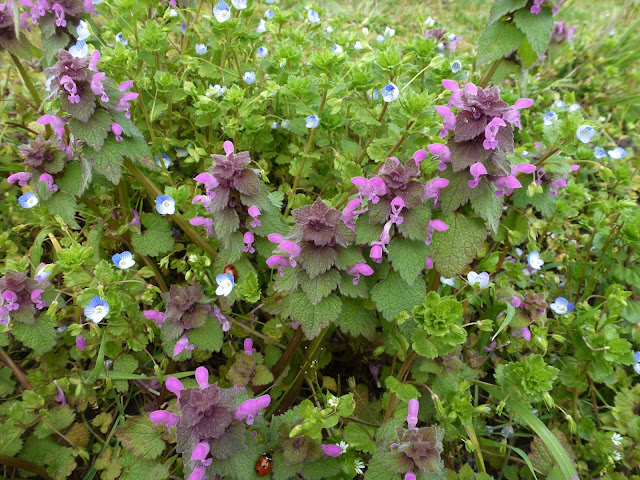A perfect early spring morning had turned to a cloudy but dry day as eight of us assembled this Good Friday morning. Would we find some signs of spring? The answer was yes, starting with a little egret with fine breeding season plumes. We were keeping an ear out for warblers, starting with a Cetti’s, then there was the distinctive song of the first sedge warbler of the year for all of us. That said, the weather was windy and the warbler was keeping its head down, and we didn’t see this bird or another that we heard farther along.
Scanning far across the marshes, I picked up another first for the year: a swallow, albeit distant. Gadwalls were flying around, shelduck too, plus the inevitable greylag geese and three species of gulls: black-headed, lesser black-back and herring.
By the River Bure we heard the ‘ping’ of a bearded tit, like the sedge warbler keeping out of sight. Scanning across the river to Oby Marshes there were distant marsh harriers, and later there were more harriers towards Upton Fen. A redshank called: we found it as it walked past a teal and along the edge of one of the scrapes.
We
were intrigued by the amount of bird droppings on the side of Tall Mill and investigated
by asking the people there. They’d found pellets and concluded both were on
account of a barn owl. This brought us to the path that runs between tall hedges.
Here we took time to watch six fieldfares: it was one of those rare days when
both summer and winter visitors were around. Through a gap in the hedge, we
could see an oystercatcher, Egyptian geese and a grey heron. Our third grazing marsh
wader species was lapwing, in the distance over the marshes next to the fen. We’d
heard skylark and here there was a meadow pipit that seemed to start a display flight
then call it off.Tuberous comfrey (and a lesser celandine).
 |
| Jelly ear fungi. |
So far it was a day with a distinct lack of spring flowers, though that changed as we left the marshes, starting with lesser celandines in a ditch. Tuberous comfrey attracted some interest from group members and there was a mass of jelly ear fungus on some felled wood, probably elder. Bees were out, too: we saw buff-tailed and common carder and Ann found a hairy-footed flower bee. Hedge banks were scoured, and we found many nursery web spiders and seven-spot ladybirds.
 |
| Nursery web spider on white dead-nettle. |
 |
| Red dead-nettle, common field speedwell and seven-spot ladybirds. |





